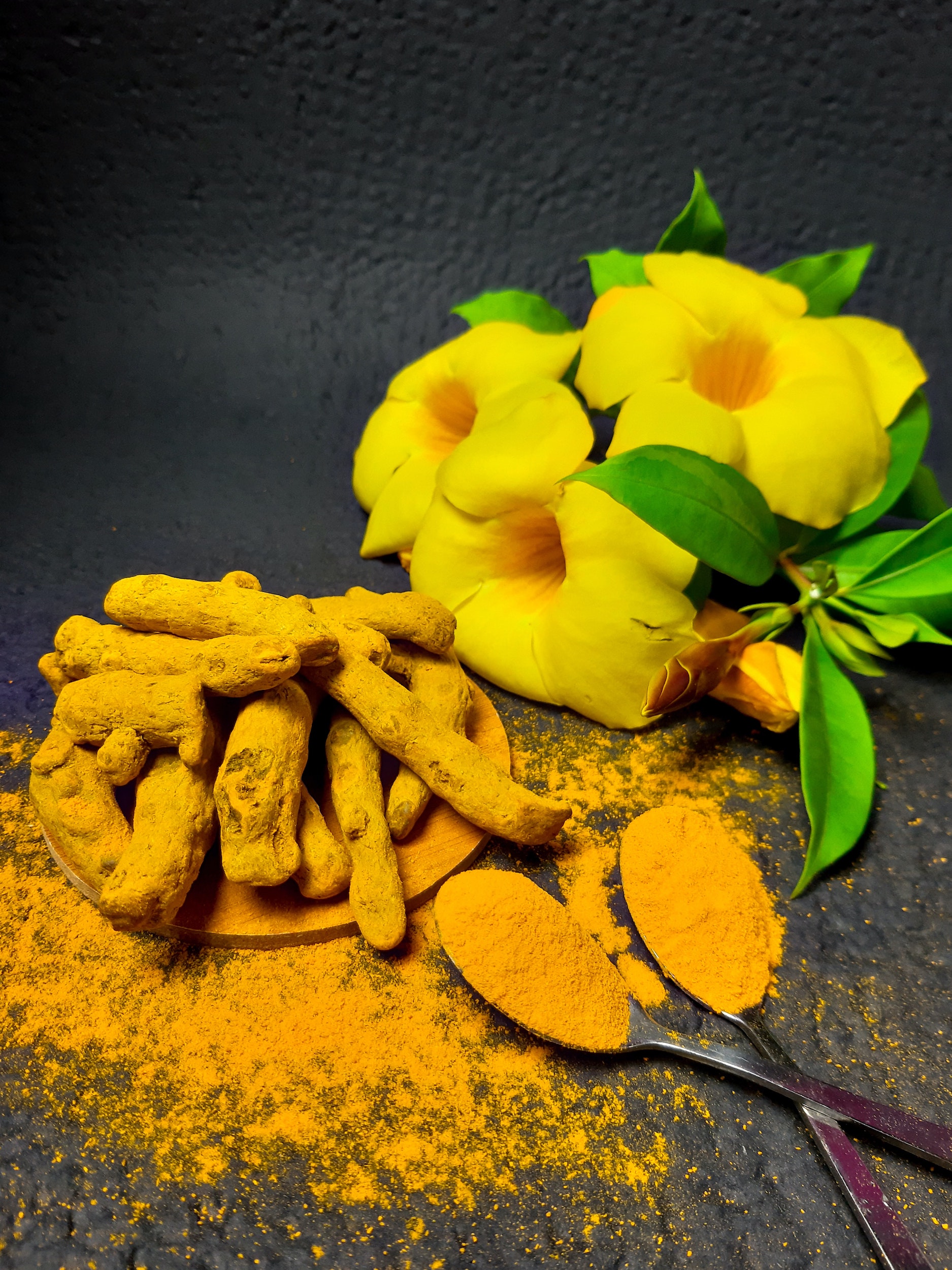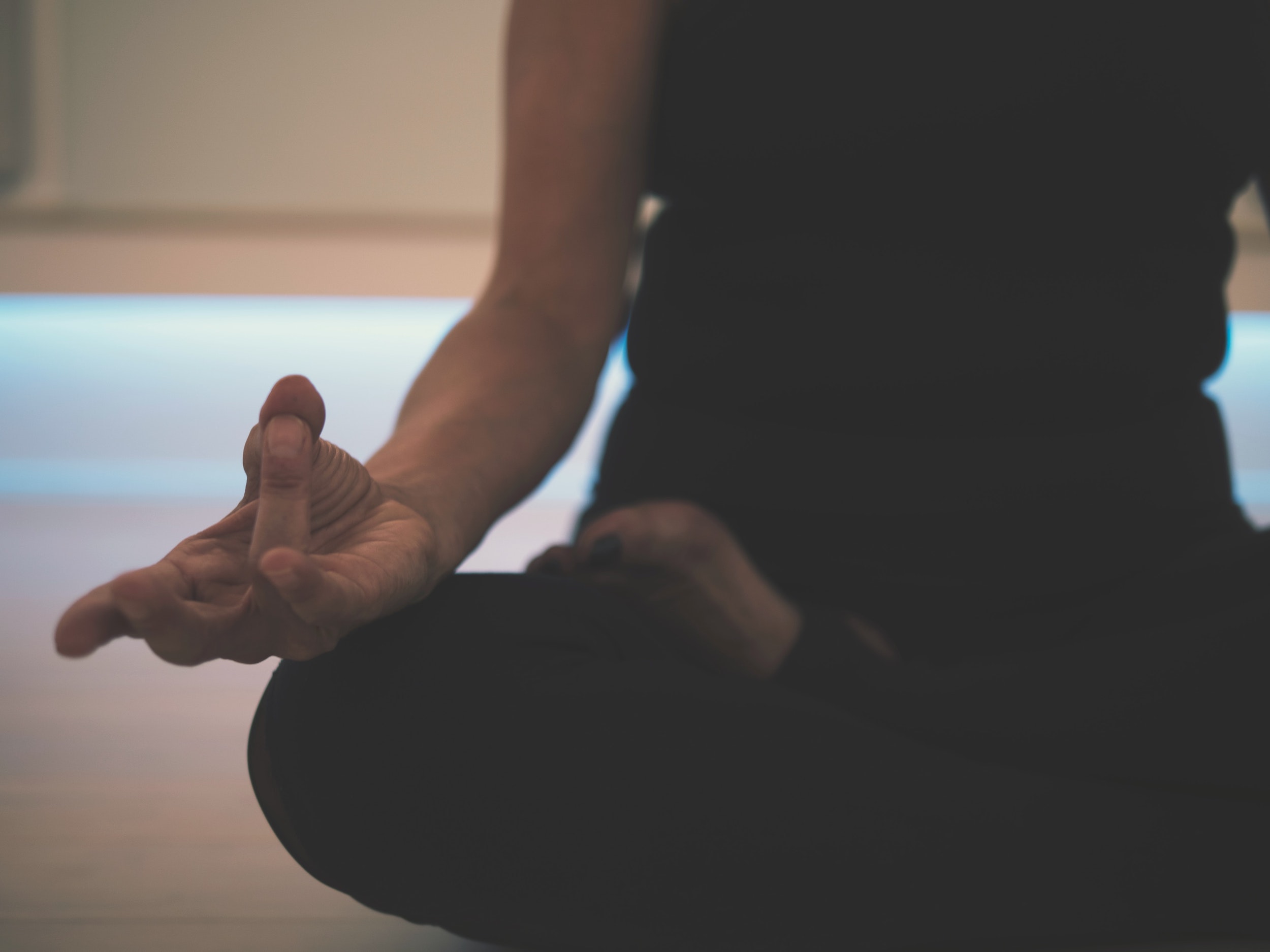Meditation has grown in popularity in the last 5 to 10 yrs despite being used for thousands of years. Some of the oldest evidence of meditation is found in India and dates back to 5000 to 3500 BCE. In more recent years there is advise everywhere including from the medical field to meditate, as the practice becomes more main-stream. For almost every personal and physical issue nowadays the prescription seems to include meditation. But what exactly is meditation and how the heck do you begin a meditation practice?
Meditation is essentially a state of “being”. Being present, allowing the mind to be a blank canvas, being empty, and being at peace. This state of “being” is physical, emotional, and mental. By exploring this emptiness and being a blank canvas the mind and body are able to be in such a relaxed state that deep and profound healing is possible.
One of the biggest reasons meditation has become such a big deal is because in the modern western world many of us are living in a low grade state of Fight or Flight with our Sympathetic Nervous System engaged. The modern day stresses aren’t the tigers and lions we are wired to run from or defend ourselves from but our bodies do not actually know the difference between what we now consider normal day to day stresses and an actual physical danger, all the flooding of chemicals and hormones is the same, triggering a cascade response. The constant release of these chemicals and hormones eventually leads to the formation of diseases in the body. When we allow ourselves to enter a meditative state our bodies shift into a Rest and Digest state governed by the Autonomic Nervous System. When we are in Rest and Digest the body is in a self-healing state, regulating any imbalances. When we allow this state to happen on a regular and even daily bases we start to see the accumulation of benefits as our body begins to better self regulate.
For many people, especially in the western world, the idea of intentionally sitting down or dedicating time to do “nothing” feels like about the worst idea ever. In reality, this is because many people fear what is lurking in their mind waiting to confront them if they provide the opportunity. Additionally there is a big misconception that in meditation a person is somehow supposed to turn off their thoughts. This is an impossible task. The brains job IS to think, that is what it does. So, not thinking, not having thoughts, this does not work and will actually cause a person more stress then just skipping meditation all together. But do not take that last sentence to mean you get a free pass on this, as there is good reason meditation is recommended over and over by some of the most successful people on the planet.
The key here is to allow your thoughts by knowing that is what the brain does, acknowledge them, and then let them go. Simply put, don’t take your thoughts seriously. Observe your thoughts, begin to recognize that you are not your thoughts, and in fact as you practice this more and more you will become aware that “you” are thinking. It is as if there are two people in your mind, one that is doing the thinking and another that is observing the thinking happening. (Cultivating this distinction will begin to give you great insights into your words and actions because you are operating from your higher brain instead of your “reactive” brain.) If this idea seems fruity or like nonsense that’s ok, as time passes you will being to have an understanding of what I am writing here, as it is difficult to understand until you experience it. The key points are: it’s your brains job to think, and you are not your thoughts. So what this ultimately means is that you will have thoughts when you meditate, and that it is normal.
Because thoughts are normal there are some tools called mantras to help you not hang onto those thoughts. A mantra can be a word or group of words with meaning that have the capacity to create change, such as “Sat Nam” (Truth Is My Essence) or “So Hum” (I Am), two of my personal favorites. A mantra can be a “seed sound” also known as a Bija mantra, which contains all the essence of the teaching in the single sounds of Lam, Vam, Ram, Yam, Ham, and Om. Using mantras helps to wrangle thoughts and calm the body. Additionally each mantra has its own healing vibration, even when it is used silently for meditation. When using mantras you can experiment with your breath and the mantra, for example if you use “So Hum” you can silently say “So” while inhaling and “Hum” while exhaling or you can reverse this, or even only say the mantra on an inhale or an exhale. See what works best for you. As you practice using the mantras allow more and more space between repeating the mantra and eventually use the mantra only at the beginning to get your mind relaxed and to wrangle in rouge thoughts during your meditation.
Another tool to let your thoughts go while meditating is by focusing on your breath. By placing your attention on the natural inhale and exhale of your breath moving in and out of your body you can effectively allow your brain to relax and take a break from its job. Focus on the inhale moving into your body, how it feels, its temperature, filling your lungs. Alternately focus on your exhale moving out of your body, feel your body empty, notice the difference in the temperature of your breath as it moves out, listen to sound as you let it go. Sometimes I allow this focus to become a mantra, silently saying “in” as I inhale and “out” as I exhale. Again, experiment here and see what works best for you.
If taking the time to sit down to meditate is really just not your thing or perhaps you have to sit at work all day and just can not fathom more sitting, I have good news for you. An alternate way to meditate is to do a walking meditation. It is advisable to do a walking meditation in a safe place, away from traffic and rough landscapes. An open space such as a park or beach with a fairly even walking surface is ideal. In a walking meditation you can use mantra and your breath to quiet the mind and bring it back to quiet if a thought comes up. Walking a repetitive path such as a circle helps to bring calm to the mind as it doesn’t need to process and evaluate safety and danger. Once again, some experimentation will be required to find what works for you.
Please be patient as you discover exactly what works for you to get into a regular meditation practice. Know that even some of the most experienced meditators sometimes have trouble getting into a meditative state. Be kind with yourself. For your efforts your will be rewarded with a higher resilience to the stresses of life, better emotional self-regulation, and improved health.
Wishing you more ups then downs in this journey of life. If you feel called, leave us a question or comment. Namaste.





